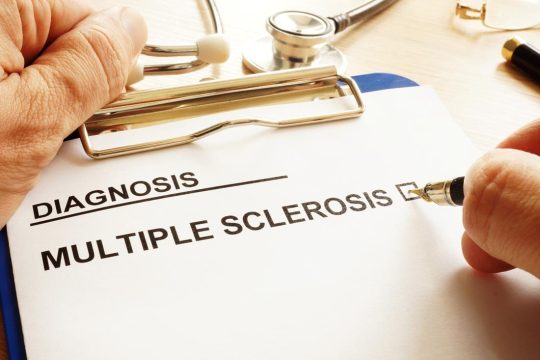Advertisment
ITS 2012 Report – Antibody-Incompatible kidney transplantation and allograft loss
by Maria Dalby – Biopsies taken one year after renal transplantation could be used for identifying patients at high risk of graft failure. Dr Adnan Sharif from Birmingham was one of the recipients of the Astellas Young Investigators Awards at this year’s ITS congress, for his work on devising a tool for predicting the medium-to-long term risk of graft loss in incompatible kidney transplant recipients.
Dr Sharif’s work was based on prospective analysis of a database comprising transplant recipients between 1998 and 2010 who were either ABO- and/or HLA incompatible. Biospy data was available for a total of 211 incompatible patients: 48 who were ABO-incompatible, 148 who were HLA-incompatible, and 15 who were ABO and HLA-incompatible simultaneously. Biopsies were categorised according to the latest version of the Banff classification. The median follow-up period for all patients was 1,078 days (range 0-4232 days). A number of histopathological variables were analysed using receiver operating characteristic (ROC) curve analysis to determine their power to predict allograft loss.
The results of the analysis showed that death-censored graft loss occurred in 3/48 ABO-incompatible, 14/148 HLA-incompatible and 0/15 ABO/HLA incompatible patients. Overall, approximately one in three (36.8%) incompatible patients had evidence of C4d deposition; graft survival was significantly lower in this group compared with C4d-negative patients (82.1% versus 96.5%; p=0.001). This difference was most evident amongst HLA-incompatible patients, 17.5% of whom were C4d-positive with significantly lower graft survival compared with C4d-negative HLA-incompatible patients (61.9% versus 96.0%; p<0.001). In contrast, the proportion of C4d-positive patients was higher amongst both ABO-incompatible (74.5%) and simultaneously ABO/HLA-incompatible (73.3%) patients, with no difference in graft survival observed versus C4d-negative patients.
Transplant glomerulopathy (TG) was diagnosed in 22.3% of all incompatible patients – again, there was a marked difference between the HLA- and ABO-incompatible groups, with 25.0% of HLA-incompatible patients being diagnosed versus only 6.8% in the ABO-incompatible group. The presence of TG was associated with poorer graft survival (72.5% versus 95.7% in those who did not develop TG; p<0.001), to a similar extent in HLA-incompatible and ABO-incompatible patients. HLA-incompatible patients who were Cd4-positive and developed TG had markedly lower graft survival rates compared with those who showed no signs of TG (33.3% versus 100.0%; p=0.004); no such correlation was seen in the ABO-incompatible group. No difference in graft survival attributable to peri-tubular capillaritis was seen in either of the groups.
Elevated 1-year chronicity index scores were associated with greater risk of subsequent graft loss. Dr Sharif and colleagues concluded that a combination of C4d status, any presence of TG and an elevated chronicity index at biopsy one year after transplantation accurately predicted the risk of HLA-incompatible graft loss, although translating this data into a predictive risk-scoring tool will require clinical validation.
Adnan Sharif, Queen Elizabeth Hospital Birmingham, UK





